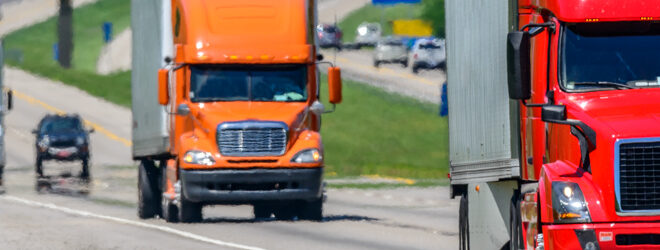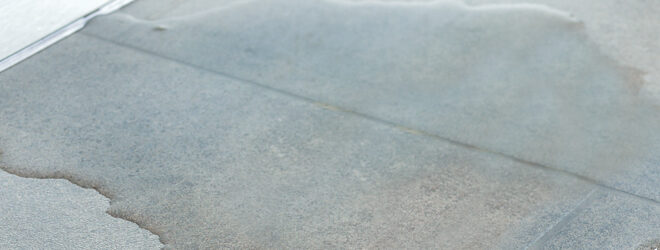In 2023, there were more than 39 damages per work day to Canadian underground infrastructure. According to the Canadian Common Ground Alliance (CCGA), the facilities impacted include natural gas and telecommunications, which make up 80 per cent of all damages. The most common reason cited for this damage was due to improper excavation.
Workers performing tasks related to excavation, trenching, or underground construction face a unique set of risks. In addition to possibly damaging utility infrastructure, workers can be exposed to fire, explosion, asphyxiation, and electrocution hazards. To avoid financial harm, business interruption, and other damages, it is critical to use a robust underground utility checklist. This tool will help your business take the necessary precautions needed to protect your workers and any utilities you may encounter.
Here are some items to consider adding to your checklist to address activities before and during any excavation or underground construction project:
Before you dig
- Utility locate requests
Each province has a designated hotline that deals with underground service locate requests. For example, in Ontario there is a toll-free number called On1Call.
In your request, be sure to provide information about who will be conducting the dig, when and where it will be occurring, the maximum depth that will be reached, the type of work, and your method. You will then need to wait until your area has been cleared and approved for digging. A locate request helps prevent damage to buried utilities and lowers the risk of unforeseen costs.
When you receive a response to your request, you will be notified of locations of all underground services. This may include utilities related to gas, water, electrical, cable TV, telephone, and pipelines. You may also be provided with a diagram of locate information that you should keep a record of.
Before beginning the dig, determine the potential hazards of any utilities you may be in contact with and methods of controlling them. Make a list of utility services that must be contacted before you start work.
- Documentation
It is important to keep reports of your entire excavation. If possible, use a standardized form to collect data, such as an underground utility checklist. You should also keep documentation of locate reports, and clearance and utility supporting methods. In the event of an emergency or any damage, have a plan ready to respond as quickly as possible. The CCGA recommends keeping track of incidents that could have led to or have led to a damaged underground facility.
If you identify a utility that was inaccurately marked or not previously known of, indicate this in your reporting. You should also keep a record of contact information for all facility owners. For more information on best practices regarding documentation, refer to the CCGA’s damage prevention guide.
During excavation
- Be aware of markings
All buried utilities are marked using paint, stakes, or flags that follow the Universal Colour Code for Underground Utility Lines:
- White: Proposed excavation
- Pink: Temporary survey markings
- Red: Electric power lines, cables, conduit, and lighting cables
- Yellow: Gas, oil, petroleum, or gaseous materials
- Orange: Communication, alarm or signal lines, cables, or conduit
- Blue: Potable water
- Purple: Reclaimed water, irrigation, and slurry lines
- Green: Sewers and drain lines
If there are no markings visible, report this to your provincial underground utility authority as well as facility owners. The work zone will need to be re-marked using the codes above.
- Damage prevention
There should be a buffer zone on each side of a utility marking – for example, during a soft excavation (hand-digging), there needs to be a one-meter buffer zone.
During the dig, you may discover a buried utility that was not previously identified. If that happens, stop all work immediately and report this to the appropriate underground utility authority and facility owners. They will dispatch a locate worker to reassess the site.
Avoid using sharp tools, which can puncture and damage underground services. Instead, use hydrovac equipment. A hydrovac truck, for example, has a high-pressure water and vacuum system. This helps wash away dirt to safely expose piping and other utilities such as underground irrigation systems, the insured’s gas lines and landscape electrical wiring. In some cases, these are not identified in preliminary locate diagrams because they are not part of a building’s main incoming services.
If you come across any line breaks or damage, immediately stop excavation work, call 911 or emergency services, and close the site. For more information, refer to Info-Excavation’s safety checklist.
Take care of your business, your workers, and your bottom line
Using a good underground utility checklist and other standardized documents for all excavation work can help protect you and your workers from many safety risks. As an added safety net, consider investing in construction insurance to address builder’s risk and wrap up liability. For more information, visit our construction insurance page today!




